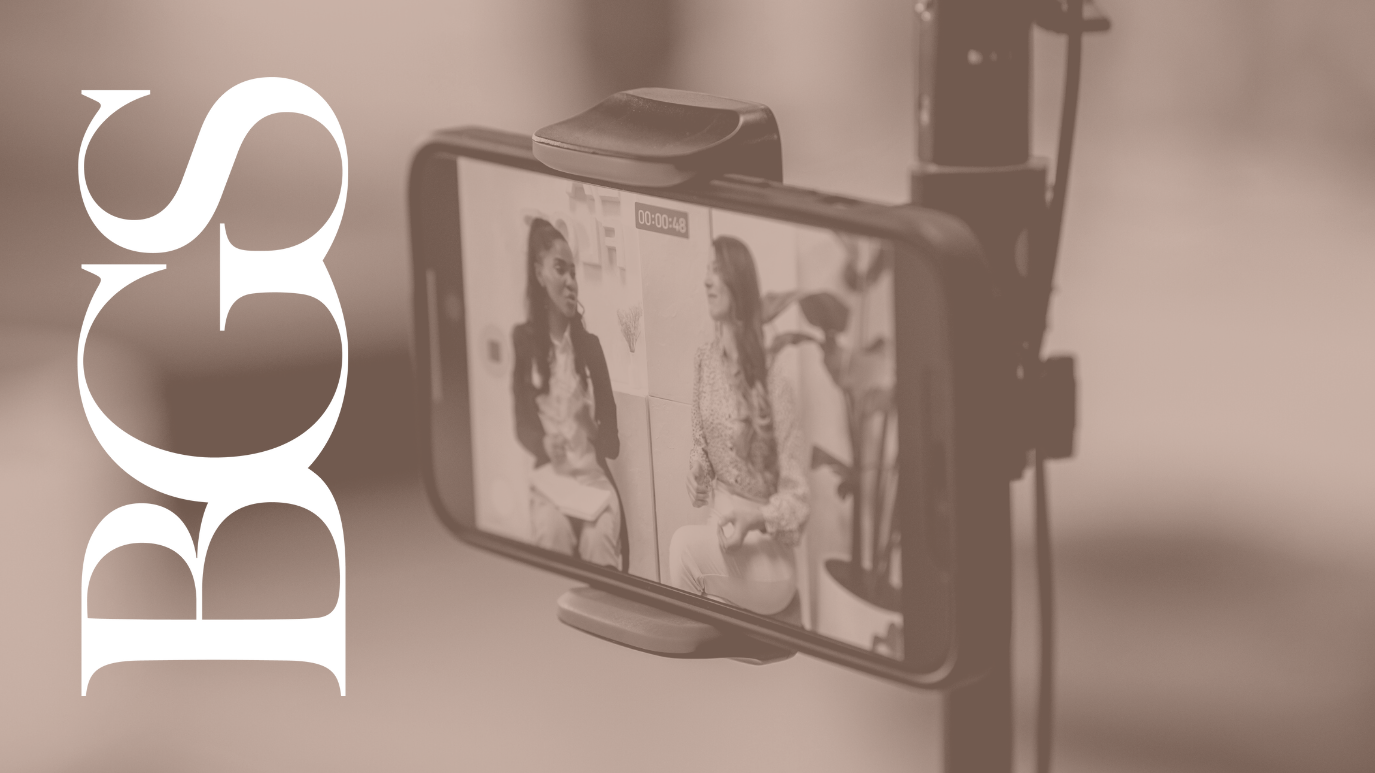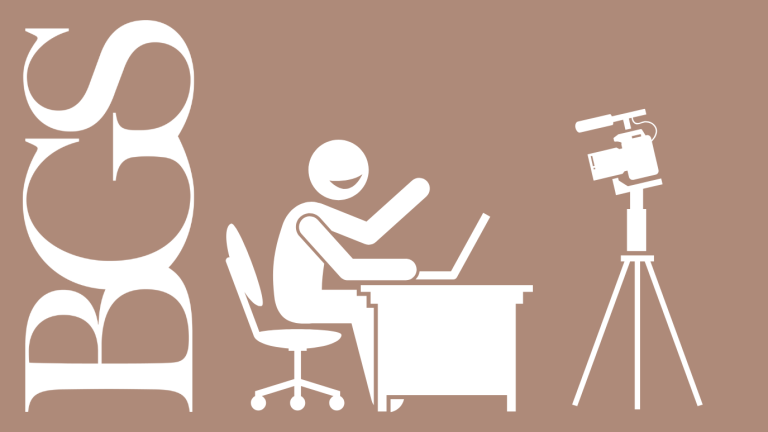We strongly encourage contributors to be creative with how they present information on our website and other digital platforms.
Our wide audience of multidisciplinary health and care professionals working with older people interpret information in different ways. This can depend on the nature of their work, the time they have available, the equipment they have access to, as well as their own personal learning styles. Alternative formats also provide options for people who may struggle with written text, such as those with visual impairments or people who are neurodivergent, and can be a friendly and humanising way to present information.
You can record a video on your smartphone, laptop, desktop PC, tablet or digital camera. Below are some general tips for recording a good video.
Setup
- Make sure your device is recording in landscape mode. If you’re recording on a phone or tablet, this means the phone will be sitting sideways as you record.
- Set your device to roughly the same level as your face. You want to be looking straight at the camera rather than it looking up at you. Try propping it on a shelf, a stand, or on top of some books to add height if needed.
- Check your background and lighting. Try and avoid any bright lights (e.g. a window or lamp) that might be shining behind you making you look shadowy. If you are wearing glasses, check for obvious glare or reflection in the lenses.
- You should be the dominant object in the frame. Try and ensure that your head appears in the upper half of the screen, ideally in the centre and not off to one side.
- Eliminate any background noise. Find a quiet spot and keep the door closed if required. You can wear headphones if this is the only option (but it looks better without!)
- Record a quick test video to make sure everything works.
Recording
- Prepare what you’re going to say. Try not to read from a script if you can avoid it, but a list of bullet points is a helpful prompt and will help keep you to your time limit. You're a human, not a robot, so don't be afraid to inject a little personality if you want!
- Be brief! Bear in mind that with videos, shorter is often better. A maximum of 90-180 seconds of content is ideal for social media. Videos for the website can be longer if needed, but please try not to exceed 10 minutes of spoken dialogue unless you've been advised otherwise.
- Allow a couple of seconds to pass before you start talking. This allows us to add an intro to your video if needed.
- Speak slowly and clearly. Pauses are absolutely fine!
- If you make a mistake or something happens, like an interruption, don’t panic! Instead of trying to cover it up, simply pause for a second or two and begin your sentence again from the beginning. This helps us to easily edit out the mistake. You can say ‘edit this out’ or leave a note if you want to.
- If you make a lot of mistakes, however, you might prefer to start again...
- If you are recording with someone else or as a group, try not to speak over each other. If you do, as above, just pause and try again.
Finally...
- Provide some cover notes with video if possible. This should include your name/title, the date of the recording, the length, and the title or purpose of the video (e.g. ‘Blueprint case study’ or ‘Election pledges’). Also include any editing notes you wish to add (e.g. ‘please remove dog barking at 01.23’).
- If you refer to any documents, websites, etc in the video, give a link to these and we can try to incorporate them into the video if appropriate. We can overlay graphics, small amounts of text (e.g. bullet points) or URLs if this is helpful.
- Once you’ve finished recording, send the video along with the cover notes. If the video is too large to email, you may need to use a site such as WeTransfer, Dropbox, Google Drive or a SharePoint folder with permissions enabled.

